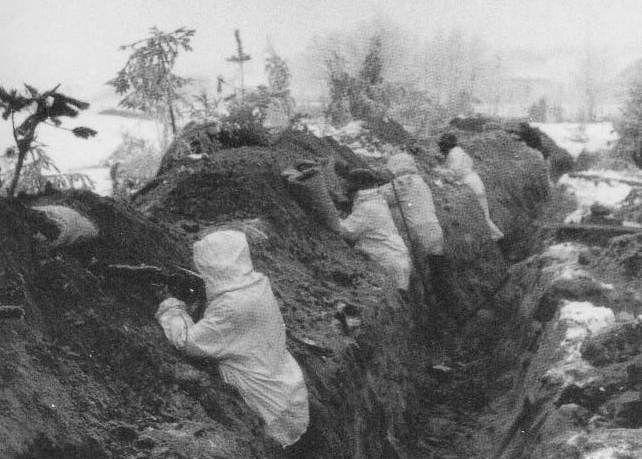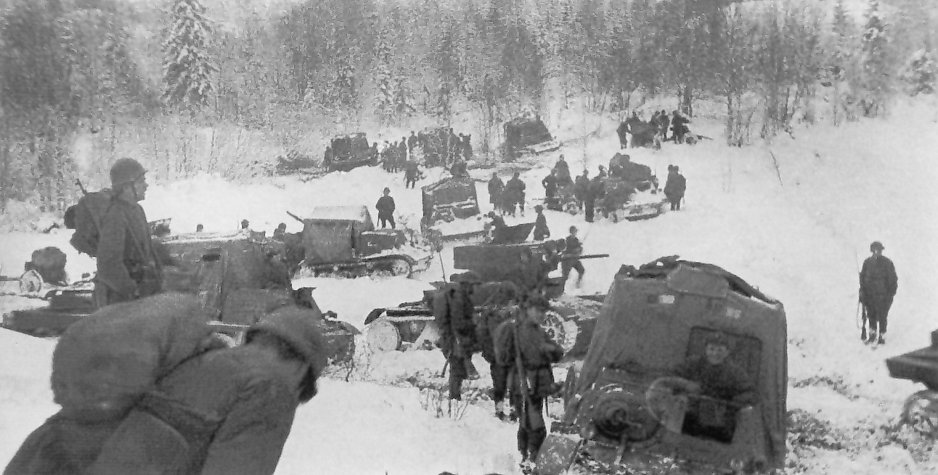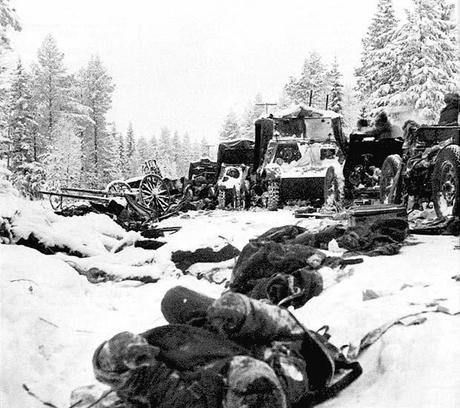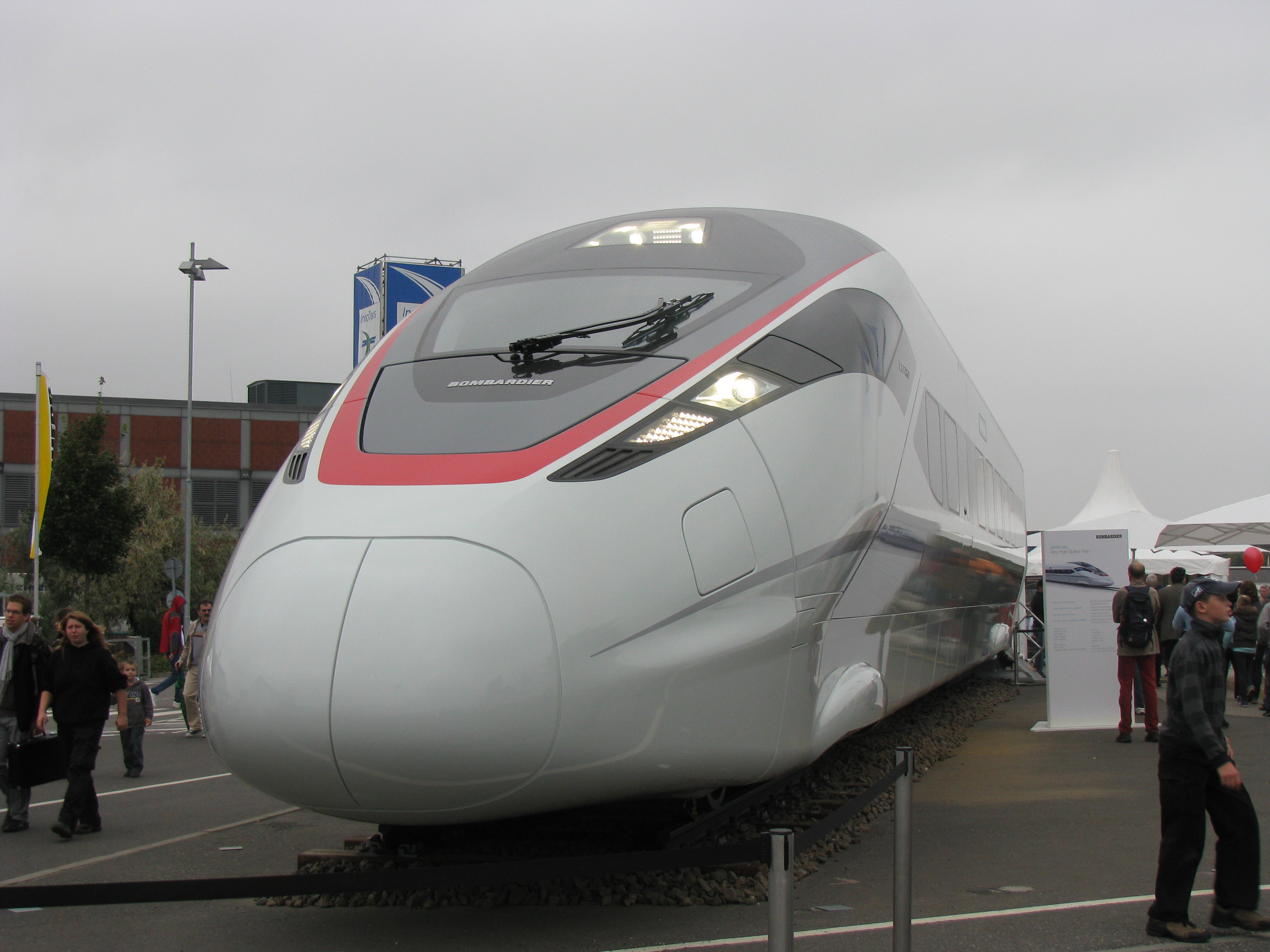
American soldiers fight off the Imperial Russian Alaskan Guard at the Battle of Gorod Alyaska, during Operation Husky in 1948. In the face of the Russo-Japanese War (1944-1951) and the decline of the Russian Empire's power in the east, the United States under President Dewey became worried that the Russian territory of Alaska might either fall into Japanese hands or disintegrate into violent chaos between the local army, Russian settlers, political prisoners and a number of native american tribes. Thus in 1948, the US launched Operation Husky, a police action which would place Alaska under American occupation after only two months.

The US Army under General Daniel MacArthur regroups in preparation for an attack on the territorial capital of Novo Arkhangelsk.

Russain Alaskan Barrel and Infantry units retreat from Gorod Romonov in the aftermath of a successful American attack on the city.

The remains of the Imperial Russian Alaskan Guard regroup during the final days of Operation Husky.
OCC: Based on David Bar Elias' After the End












































